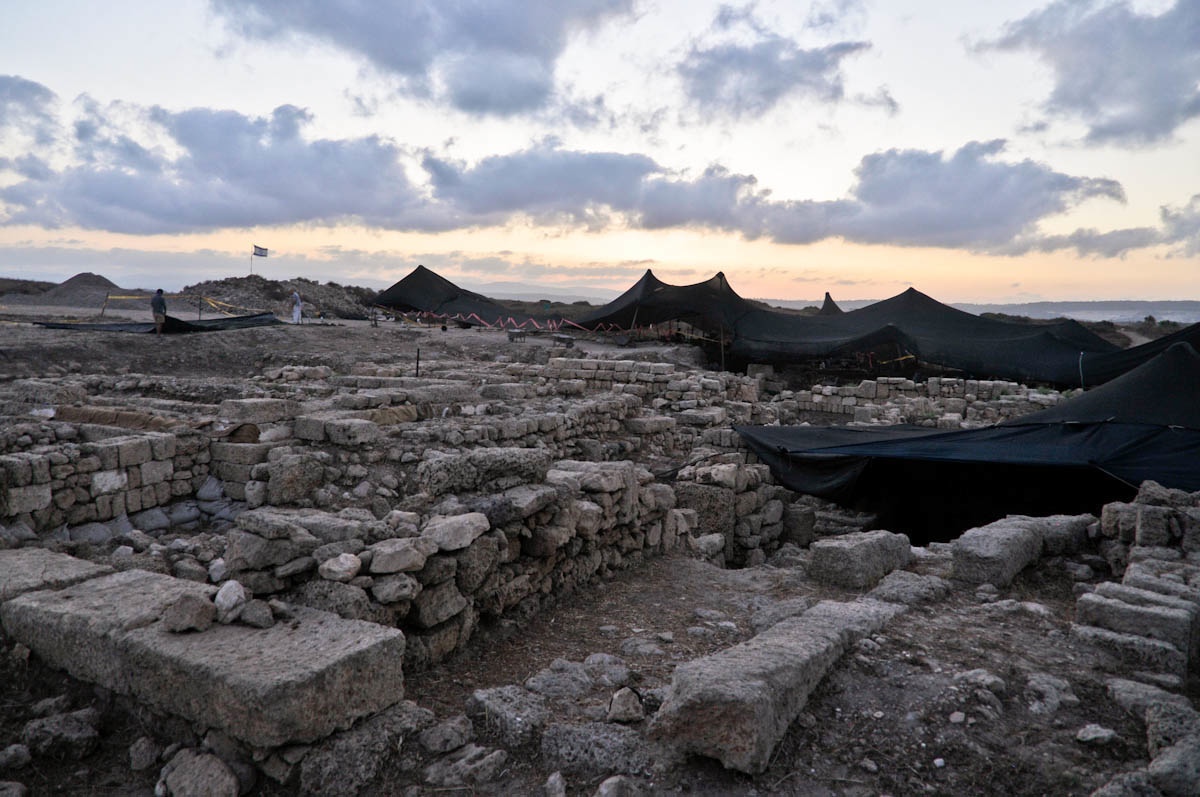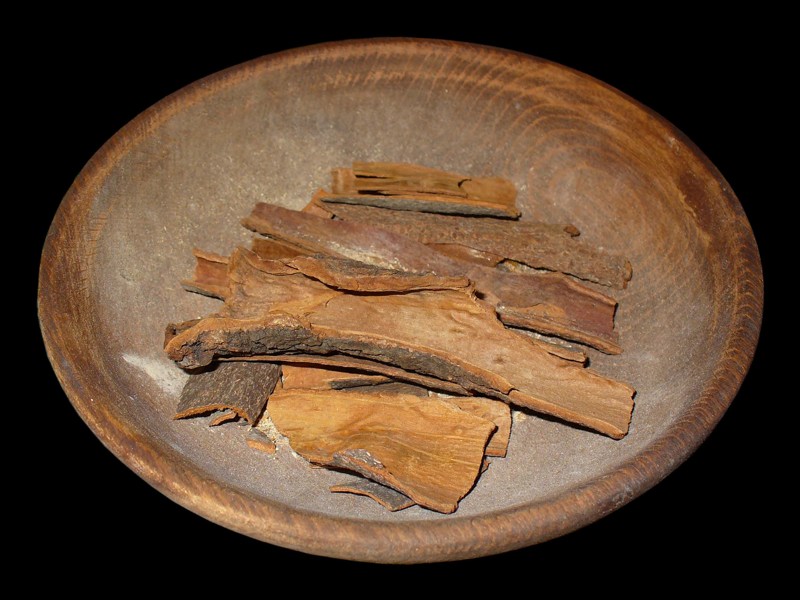Evidence of 3,000-Year-Old Cinnamon Trade Found in Israel

How far would you go to get your cinnamon fix? If you lived in the Levant 3,000 years ago (a region that includes modern day Israel), very far indeed new research indicates.
Researchers analyzing the contents of 27 flasks from five archaeological sites in Israel that date back around 3,000 years have found that 10 of the flasks contain cinnamaldehyde, the compound that gives cinnamon its flavor, indicating that the spice was stored in these flasks.
At this time cinnamon was found in the Far East with the closest places to Israel being southern India and Sri Lanka located at least 3,000 miles (nearly 5,000 kilometers) away. A form of it was also found in the interior of Africa, but does not match the material found in these flasks.
This discovery "raises the intriguing possibility that long-range spice trade from the Far East westward may have taken place some 3,000 years ago," researchers write in a paper to be published in the journal Mediterranean Archaeology andArchaeometry. Although cinnamon can be purchased today at any grocery or bulk food store, 3,000 years ago, people in the Levant would have needed to take part in trade that extended beyond the edge of the known world in order to acquire it, something this discovery suggests they were willing to do.
This trade may go back ever further into antiquity and involve other goods and parts of the Middle East. The researchers note, for example, that black pepper from India has been found in the mummy of Ramesses II, a pharaoh of Egypt who lived more than 3,200 years ago. [See Images of the Mummy of Ramesses III]
From the Far East to Israel
At the time of this trade, Israel's coastal inhabitants included the Phoenicians, a people so renowned for their seafaring skills the ancient writer Herodotus claimed they had succeeded in sailing around Africa around 600 BC (something scholars are doubtful of today).
Get the world’s most fascinating discoveries delivered straight to your inbox.
But, while these people were great seafarers, they probably did not sail all the way to the Far East to get these goods, perhaps instead using intermediaries along the way.
"We don't think they sailed directly [to the Far East]; it was a very hard task even in the 16th century A.D." Dvory Namdar, a researcher with the Weizmann Institute of Science and Tel Aviv University, told LiveScience in an interview. Her research colleague Ayelet Gilboa, of the University of Haifa, also agreed in an interview that it was very doubtful there was a direct voyage.
They explained that the flasks that contained cinnamon were made locally in northern coastal Israel which back then was part of ancient Phoenicia. They appear to have been designed to hold precious contents, featuring a narrow opening with thick walls. Flasks like these have been found in special places such as treasuries and temple storerooms, the researchers noted.
Namdar and Gilboa explained that the bark from the cinnamon tree would have been brought in from the Far East in a dry form and, when it reached Phoenicia, was mixed with some form of liquid and put in these flasks. Then, afterwards it was shipped all over Phoenicia and also to neighboring regions such as Philistia (much of which is located in modern day southwest Israel) and Cyprus.
Cinnamon mixed in wine?
A further mystery the team faces: What was the cinnamon used for? The cinnamon from these flasks would have tasted "roughly the same as today," Namdar said.
One possibility, Namdar and Gilboa said, is that people of the time mixed the cinnamon in with wine, an idea supported by the fact that the flasks were quite small, whereas wine was stored in bigger containers. "If you mix it with a bigger [container of wine], then you get flavored wine," they said. Indeed, cinnamon is often used in wine-based recipes today, including ones for mulled or spiced wine.
The project was supported by a European Research Council Advanced Grant.
Follow us @livescience, Facebook& Google+. Original article on LiveScience.

Owen Jarus is a regular contributor to Live Science who writes about archaeology and humans' past. He has also written for The Independent (UK), The Canadian Press (CP) and The Associated Press (AP), among others. Owen has a bachelor of arts degree from the University of Toronto and a journalism degree from Ryerson University.



